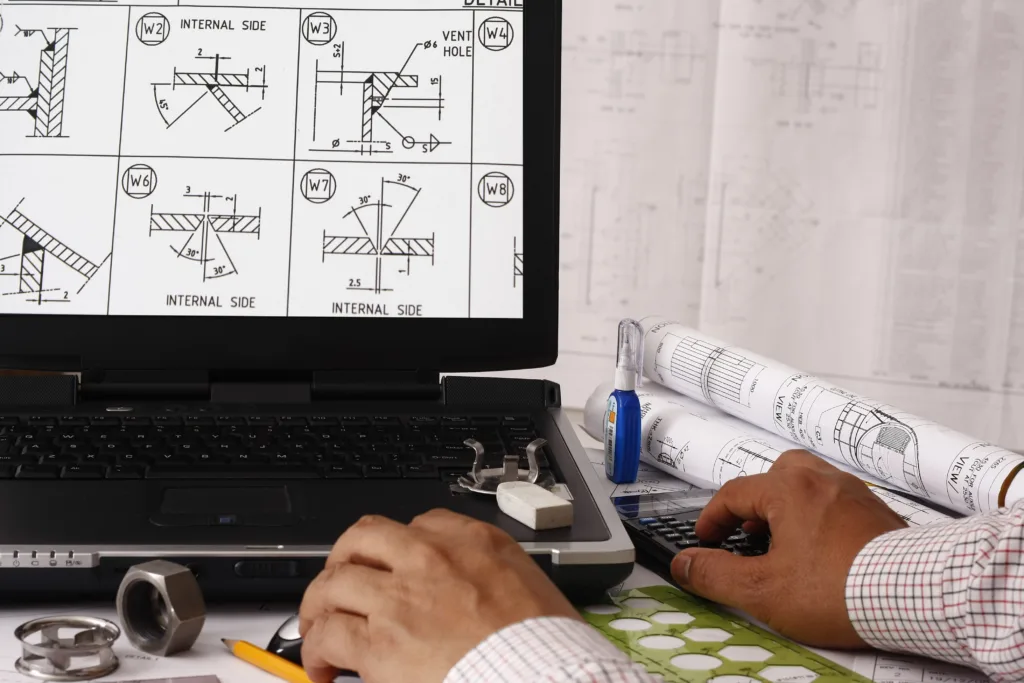Best Practices for Designing Plastic Extrusions: How Smart Design Lowers Tooling Costs

When it comes to custom plastic extrusions, smart profile design is the key to a successful, cost-effective project. At JIFRAM Extrusions, we work closely with our customers to optimize their designs — helping them reduce tooling costs, shorten production times, and ultimately lower the overall cost per foot.
In this post, we’ll break down the extrusion design process, provide expert tips for creating cost-effective profiles, and explain how a well-designed profile can make a huge difference — even before production begins.
Why Good Profile Design Matters
Tooling for thermoforming plastic and extrusion can be a major upfront investment. But by following best practices during the design phase, you can:
- Lower your initial tooling cost
- Extend the life of the tool
- Reduce material waste
- Decrease the cost per foot of finished parts
- Improve part performance and consistency
In some cases, JIFRAM may even already own a tool that fits your needs or could be modified to fit, saving you even more.
Best Practices for Designing Plastic Extrusions
Here are some important guidelines to follow when designing your custom extrusion:
1. Keep Wall Thickness Uniform
Avoid large variations in wall thickness. Uniform thickness promotes even material flow, reduces stress points, and helps prevent warping during cooling.
2. Simplify the Profile Shape
The more complex the design, the more complicated (and expensive) the tooling. Whenever possible, simplify your profile. Avoid intricate undercuts or deep pockets unless absolutely necessary.
3. Consider Material Flow
Design with the flow of plastic in mind. Smooth transitions, rounded corners, and gentle tapers can help maintain even pressure and reduce defects.
4. Optimize Dimensions
Make sure dimensions are realistic based on the capabilities of extrusion processes. Excessively tight tolerances or extreme proportions can increase tooling cost and scrap rates.
5. Choose the Right Material Early
Different plastics behave differently during extrusion. Confirm your material choice early in the process — this ensures the design is compatible and prevents costly changes later.
6. Plan for Thermoforming
If your part will undergo additional thermoforming, design features to accommodate stretching, shrinking, and cooling stresses.
7. Work with Your Extrusion Partner Early
Partnering with JIFRAM early allows us to spot cost-saving opportunities. We can often recommend subtle design tweaks that maintain your part’s functionality while reducing costs.
Thermoforming vs. Injection Molding Tooling
When comparing tooling for plastic thermoforming/extrusion versus injection molding, there are some important distinctions:
- Cost: Thermoforming/extrusion tooling is generally much less expensive than injection molding tooling.
- Lead Time: Extrusion tooling can often be produced much faster than injection molds.
- Flexibility: Changes to extrusion tooling are often easier and less costly to implement.
If your project allows for it, extruded thermoformed profiles offer an affordable alternative to molded parts, especially for medium to long production runs.
Looking Ahead: Tooling Design & Costs (Part 2)
In June, we’ll dive deeper into tooling design and cost strategies for thermoplastic extrusions. We’ll explain how to further optimize your tooling investment, maximize tool life, and ensure consistent product quality.
Partner with JIFRAM for Smarter Design
At JIFRAM Custom Extrusions, our engineering team is ready to help you get your design right — right from the start. Whether it’s optimizing your profile, finding an existing tool match, or designing the perfect custom solution, we’re here to help you minimize costs and maximize success.
Contact us today to get started!
